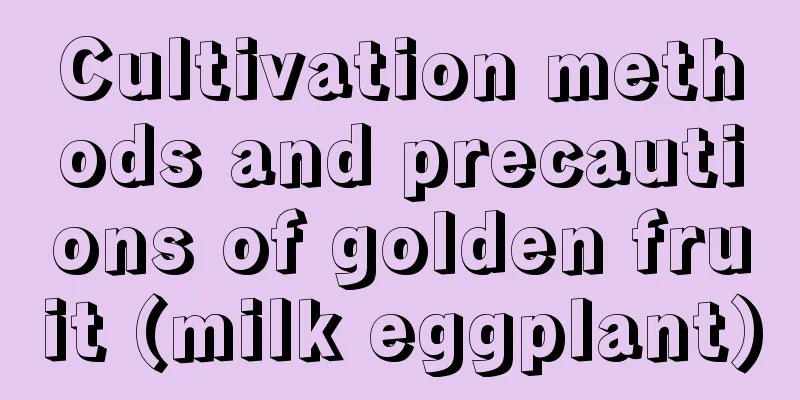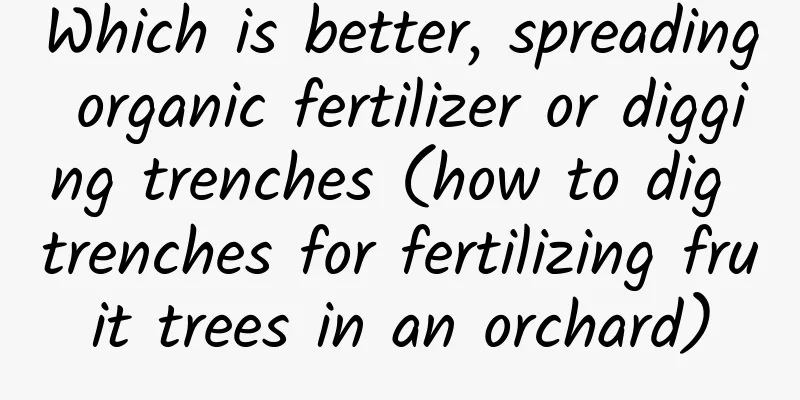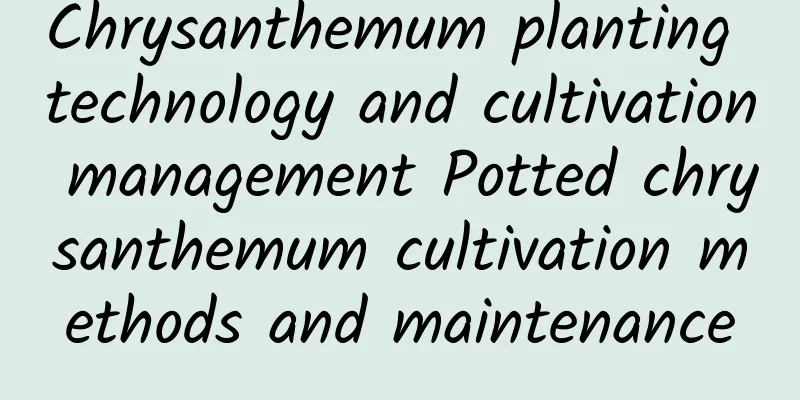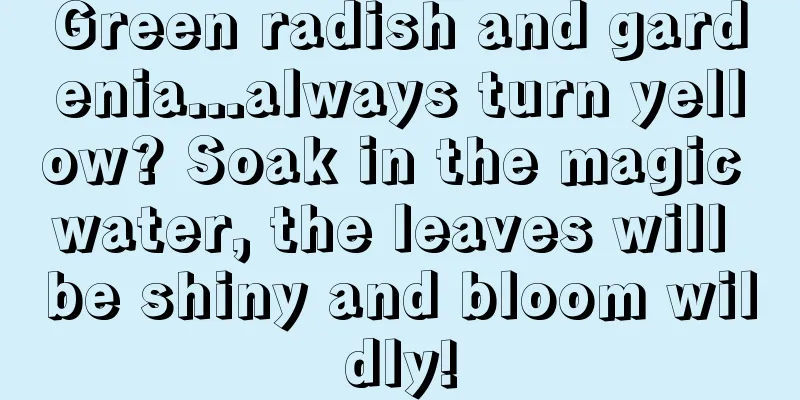Cultivation methods and precautions of golden fruit (milk eggplant)

How to cultivate golden fruitsoilGolden fruit likes loose, fertile and well-drained slightly acidic sandy soil. It can also grow in neutral or slightly alkaline soil and prefers deep soil. Temperature and lightGolden fruit prefers a warm and sunny growing environment and is not cold-resistant. The suitable temperature for its growth is 20℃ to 30℃. It will stop growing when the temperature is below 0℃. Therefore, the golden fruit needs to be kept indoors during the winter, and the wintering temperature should be above 10℃. It can tolerate high temperatures above 35℃ in summer, but the high temperature cannot last continuously. Golden fruit is more suitable for growing under strong light. It cannot be kept in the shade for a long time. Insufficient light will cause the plant to grow too tall and the leaves to turn yellow and fall off. Watering and fertilizingGolden fruit has a high demand for water and fertilizer, prefers a humid environment, and avoids drought and waterlogging. Watering should be moderate. In the hot and dry summer, you can water once or twice a day. In addition, when repotting the golden fruit, sufficient base fertilizer should be applied. During the growth period, for better growth, more nitrogen fertilizer can be applied, and liquid fertilizer should be applied once every half a month. Phosphorus and potassium fertilizers should be used mainly during the flowering and fruiting periods. Reproduction methodThe reproduction of golden fruit is usually carried out by sowing and cutting propagation. Sowing is carried out in spring, and cutting propagation is mainly carried out in summer. Golden fruit cultivation precautionsDwarfing, fruit thinningIn order to make the golden fruit plant fully dwarfed, you can pinch the top buds during the growth period and develop side buds. After the golden fruit bears fruit, the fruit is large in quantity, so you can erect a support to support the weight and thin the fruit appropriately to make it larger. Pest controlGolden fruit often suffers from diseases such as leaf spot, anthracnose, and viral diseases. Pests include aphids, whiteflies, and red spiders, which can be controlled by spraying pesticides. |
<<: Cultivation methods and precautions of chrysanthemum
>>: The cultivation methods and precautions of Lythrum salicina
Recommend
How to sow jasmine and when to sow jasmine
1. How to sow 1. Prepare seeds: Jasmine seeds mus...
How to breed Brazilian iron
1. Maintenance methods 1. Temperature: 20-28℃ is ...
Why is there a low fruit set rate when there are many cherry blossoms? (How can I get more fruit set when there are many blossoms)
Why do cherry flowers bloom but no fruit? It is a...
What to do if Desert Rose has a soft stomach
1. Repotting 1. Reason: Its volume is generally n...
What medicinal herbs are the most profitable to grow in Shaanxi? What are the most suitable precious medicinal herbs to grow in Shaanxi?
Shaanxi Province is located in the central part o...
The difference between the eight-angled begonia and the western begonia
1. Leaf Difference The leaves of the Malus octago...
How to water Qilin in spring
How to water Qilin in spring Qilin is highly drou...
How does the peacock ball survive the winter?
1. Move indoors Winter is here and the climate is...
Disease and insect control of Spiraea hemp
Prevention and treatment measures Leaf spot and a...
How to make and use the lucky tree flower fertilizer
Suitable fertilizer for lucky tree Commonly used ...
What is the best time to plant bamboo?
Which month is suitable for planting bamboo? Beca...
Cultivation methods and precautions of Bletilla striata
1. Soil When growing Bletilla striata, try to cho...
The whole process of African violet seed propagation
Preparation before sowing African violets: Sowing...
How to propagate Kalanchoe by cuttings
The most important point in the cutting propagati...
Wheat Growth Environmental Conditions and Characteristics
Wheat Growth Environmental Conditions and Require...









